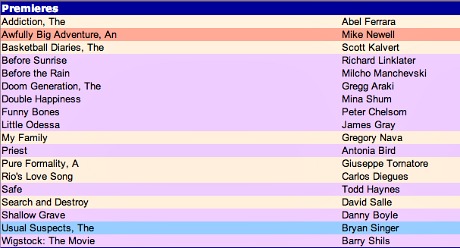Two days ago Sasha Stone wrote about having seen The Guilt Trip on her way home from Cannes (or a bit more than three weeks ago) and being so knocked out by Barbra Streisand‘s performance as Seth Rogen‘s caring, nagging, somewhat hyper mom that she felt that Streisand was unjustly ignored by the awards handicappers. Yes, The Guilt Trip — a decent but not exactly eye-opening comedy in which Streisand delivered in a respectably earnest, punchy and spirited fashion. But not to the extent that anyone felt like jumping up and down and going “wow!…holy shit…Barbara brings it and then some!”
“Probably the worst crime perpetrated on actresses last year was the total omission of Barbra Streisand in The Guilt Trip,” Stone wrote. She was snubbed, Stone believes, because the tastemakers didn’t pick up the ball and run with it (“Streisand Streisand!”) and because The Guilt Trip was kind of a box-office fizzle. The only award that almost happened for Streisand was a Razzie nomination — “what an insult, what a tragedy,” Stone writes. The film “was an acting showcase for Streisand, a rarity of the industry overall, and one of the few films to ever offer up such a rich portrait of a mother/son relationship,” Stone adds. “They took the risk of making it be a buddy comedy of all things.”







